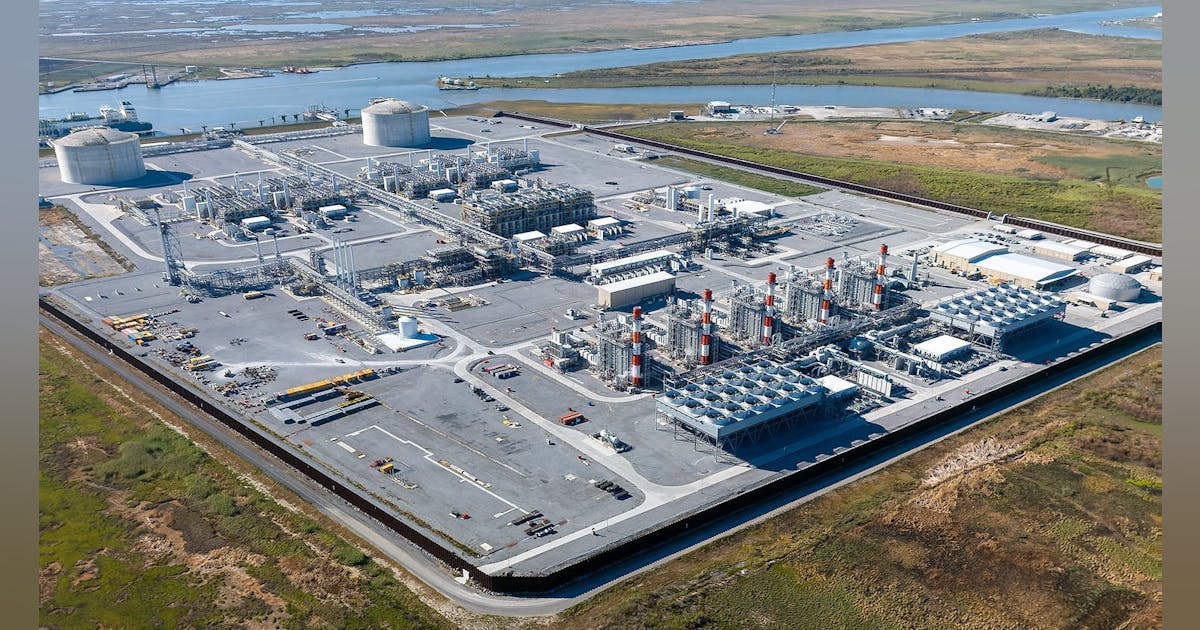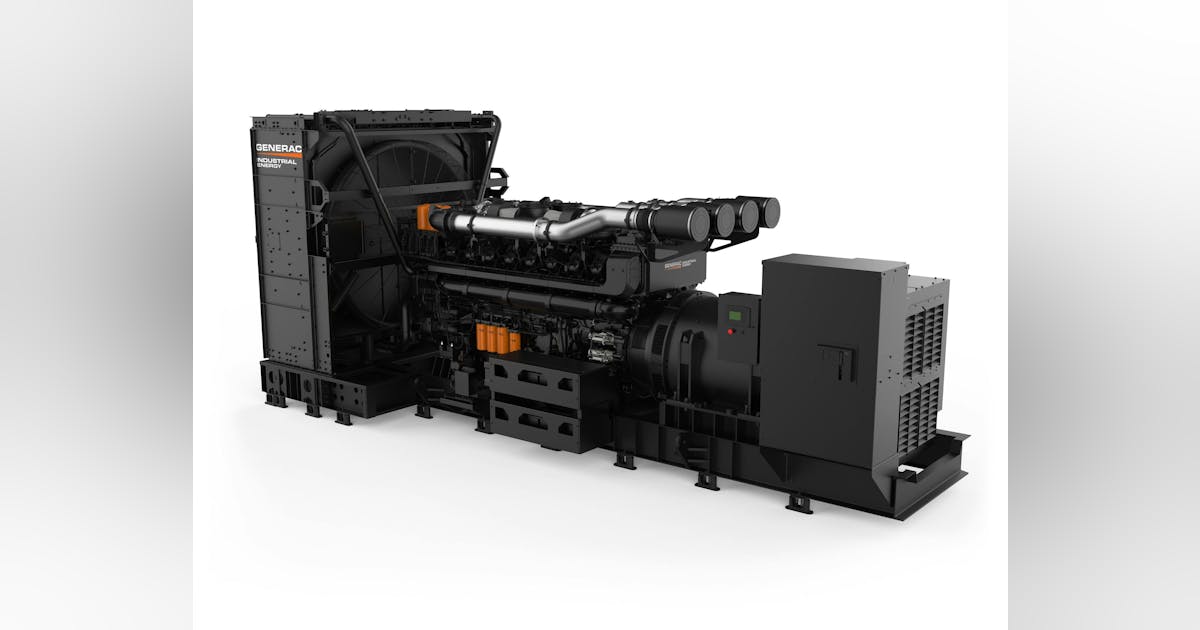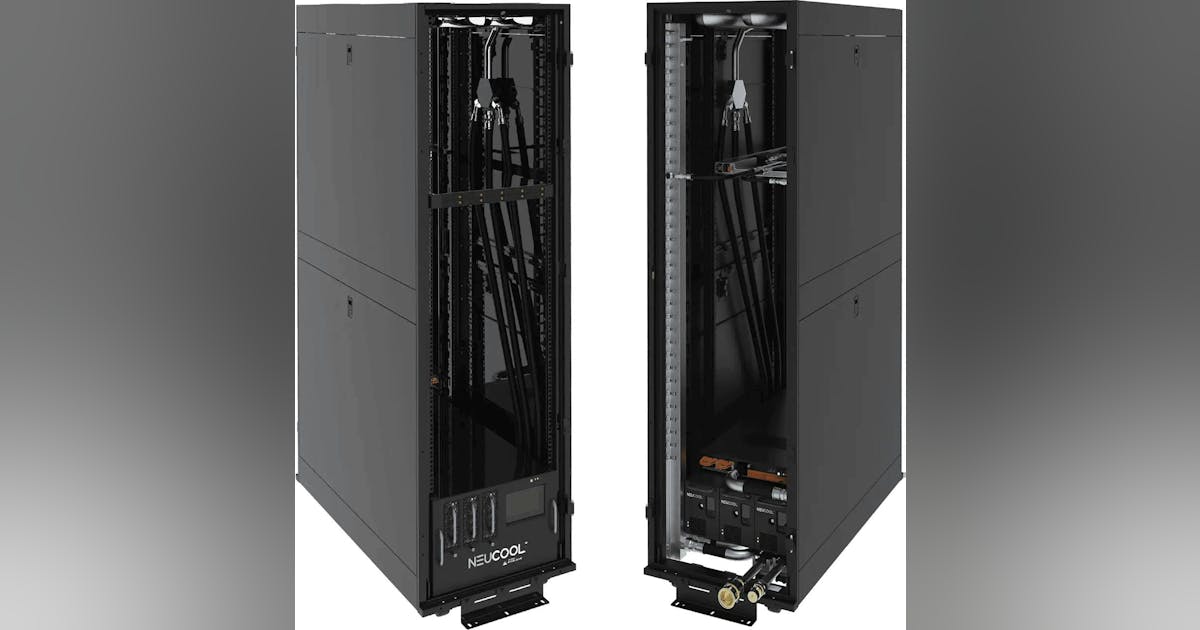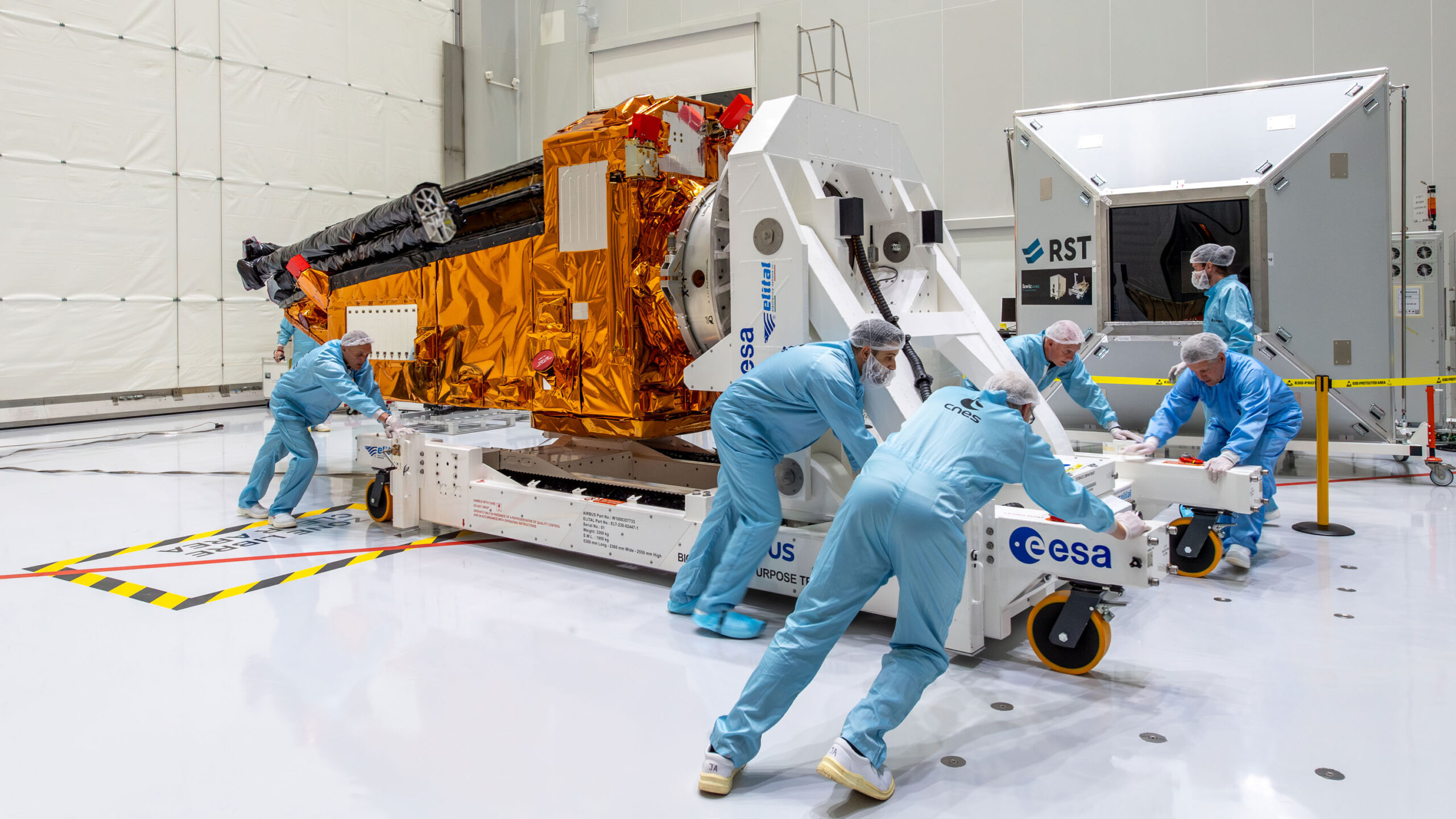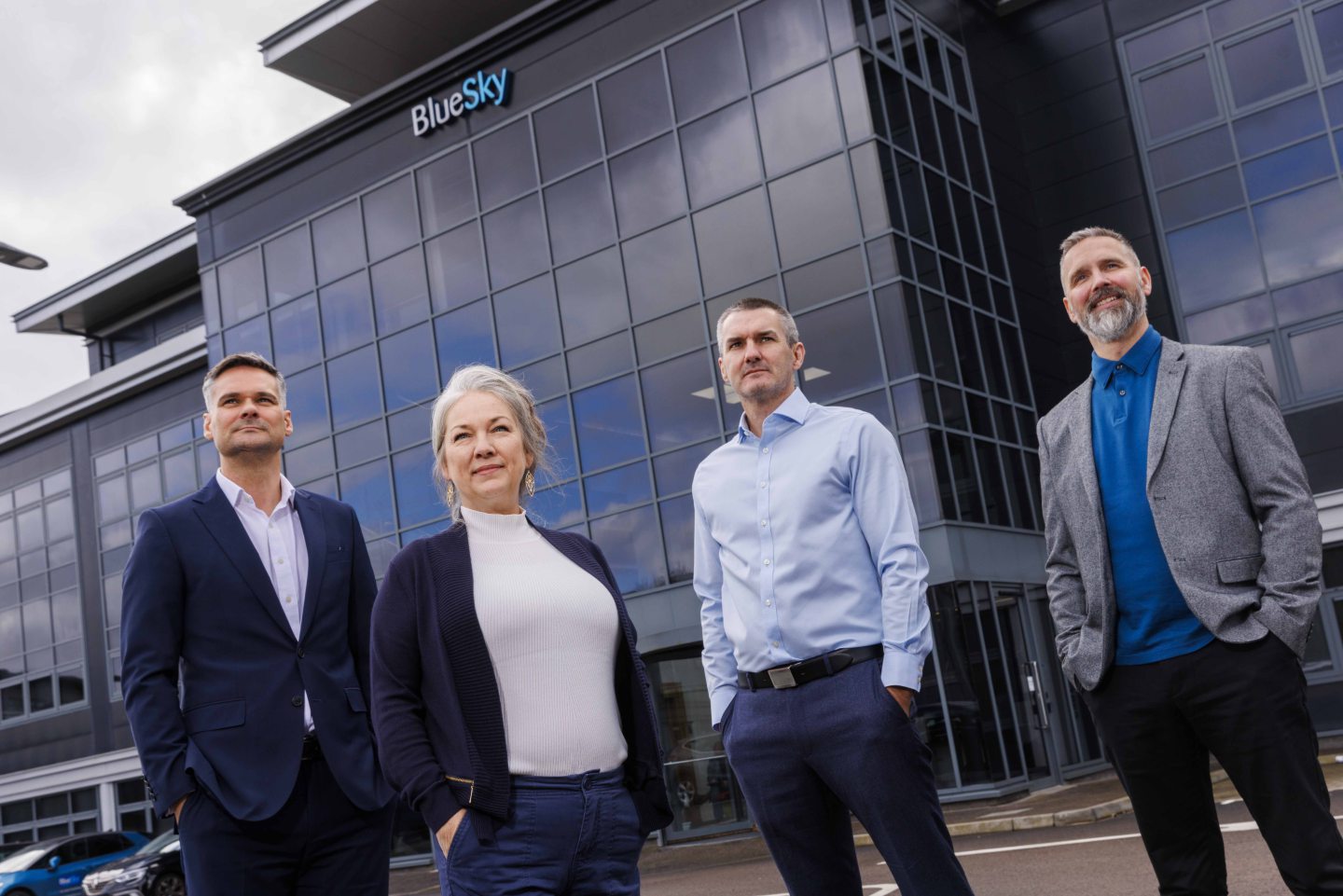
The energy industry is gripped by uncertainty. Market volatility, energy security, shifting geopolitics and pressure to expand into cleaner energy are forcing companies to rethink their focus. That includes planning for tomorrow’s workforce.
-
Some Energy Voice online content is funded by outside parties. The revenue from this helps to sustain our independent news gathering. You will always know if you are reading paid-for material as it will be clearly labelled as “Partnership” on the site and on social media channels,
This can take two different forms.
“Presented by”
This means the content has been paid for and produced by the named advertiser.“In partnership with”
This means the content has been paid for and approved by the named advertiser but written and edited by our own commercial content team.
Securing the best talent is critical. Companies can’t afford to be left behind.
Advanced technology represents the latest evolution of recruitment. Its expert use can provide faster, more reliable and broader-reaching recruitment solutions.
For employers and candidates, it pays to work with a recruitment partner at the forefront of technology, who understands the industry and retains its human touch.
How technology is transforming energy recruitment
Technology has reshaped talent acquisition. Artificial intelligence (AI) and machine learning have moved beyond traditional automation to bring measurable improvements to hiring efficiency.
For recruitment companies, these technologies open up the world of talent globally. It means they can access the best people, from contingent workers to executives, regardless of where they are.
This article explores how AI specifically is revolutionising energy recruitment.
Advanced algorithms can assess candidate skills, experience and compatibility, connecting with the right opportunities faster than ever before.
In some cases, that can mean cutting the recruitment cycle from weeks to days or even minutes.
Everybody wants the best people. Being ahead of the competition in the race to secure top talent can be a key boost to your recruitment strategy.
JAB Recruitment leads the technology advance in talent acquisition. It has integrated technologies like artificial intelligence (AI), machine learning (ML) and digital platforms to build the most comprehensive talent pool around.
In an industry where speed and accuracy are essential, JAB Recruitment’s data-driven approach delivers the certainty you need to push ahead with confidence.
Improving contingent workforce management
JAB’s unique mobile app, powered by Moblyze, is an advanced digital platform that enhances contingent workforce management. It matches the right talent to the right opportunities in real-time.
Designed to optimise engagement and streamline placements, it has significantly improved time-to-hire by automating key hiring processes. It improves the user experience and data-driven decision-making, ensuring better engagement for candidates and clients while helping companies anticipate workforce needs.
In one instance, a subsea construction and installation client in the North Sea published a vacancy for an ROV Pilot Technician in the app and filled the role within just five minutes after multiple qualified candidates swiped right.
Traditionally, it would take around one hour to fill this type of role. On average, the response rate to vacancies posted in the JAB app is up 50% on traditional website applications, while the ‘swipe right’ feature has delivered a 5x increase in response speed.
Time to embrace your potential
A historical reliance on traditional hiring techniques has created a gap between early adopters and those reluctant to change.
However, as the demand for talent grows, companies that fail to integrate advanced technology into their strategic workforce planning risk falling behind.
The way ahead
Integrating advanced technology into recruitment planning is just the first step.
Over the next decade, an explosion in real-time talent matching is expected where jobs will find candidates, not the other way round.
An acceleration in predictive workforce planning is also anticipated, with advanced insights empowering companies to accurately assess staffing requirements months or even years away.
A trusted partner
The energy industry has always been about ambition, enthusiasm and adaptation. That should include recruitment planning, too.
In an uncertain market, a forward-thinking recruitment partner can provide clarity and certainty. By integrating advanced technology with 20 years of industry expertise, JAB Recruitment ensures that clients are always the first to know.
Are you ready to seize your future?
Find out more from Jab Recruitment. Or download the JAB App via the Apple Store or Google Play.
Read more: Recruitment in the Global Energy Industry: challenges and opportunities









